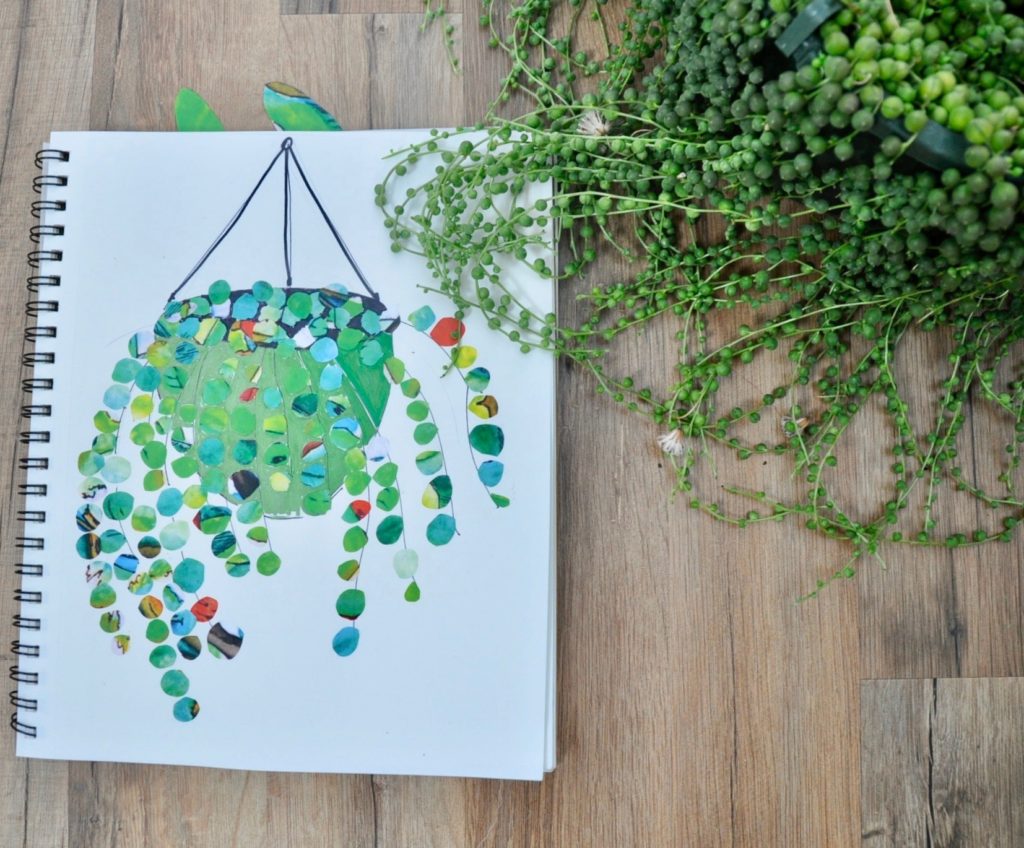Why Visual Literacy Matters

I’ve always loved creating, but there was a solid chunk of my life where I hated using sketchbooks. I couldn’t seem to get mine to look like I thought it was supposed to look. You know, the kind that you see photos of? Organized, thoughtfully laid out, filled with beautiful drawings.
At some point, I realized that I was only the person saying that I had to follow those rules for my sketchbook. Sketchbooks are about ideas, exploring, experimenting, making messes. OR they can be about telling stories, capturing moments, acting as a journal. They can be whatever you need them to be.
Here is an example of how to play in your sketchbook with alliterative materials.
When I changed my mind about sketchbooks, I started to have a lot more fun and see how important they were. I quickly became a big fan, and wanted to share this realization with everyone.
I knew that I wasn’t the only one that had a mindset about sketchbooks that was holding me back. I’ve spent 13 years teaching, and have seen and heard similar stores from students over and over.
Sketchbooks are powerful tools for processing, letting feelings, emotions, and thoughts, flow out of our bodies and minds and onto the page.
It’s even more powerful and fascinating when you learn how to understand an image and what it’s saying.
Yes, lines, colors, shapes, compositions, they all tell stories, while creating and evoking feelings.
Images Communicate.
There are visuals all around us that tell you that something is safe, dangerous, happy, welcoming. Many that you read without realizing it. Your days are flooded with visual communication. Even written word tends to tap into visual communication by choice of font, color, and placement. Even if you’re not planning on becoming a graphic designer, it’s a powerful skill to understand how to read images. Yes, I said read, that’s why it’s call visual literacy.
The basic definition of visual literacy is the ability to read, write and create visual images. Visual literacy is about language, communication and interaction. Visual media is a linguistic tool with which we communicate, exchange ideas and navigate our complex world.
We talk a lot about the importance of reading words, and somehow ignore the importance of reading images. Visual literacy is a language that’s spans cultures and language barriers. When you realize that you’ve traveled to a place that doesn’t speak your language, you stop reading the words on the signs and start reading the images. You stop talking and much and start gesturing , pointing, and using visual cues to communicate.